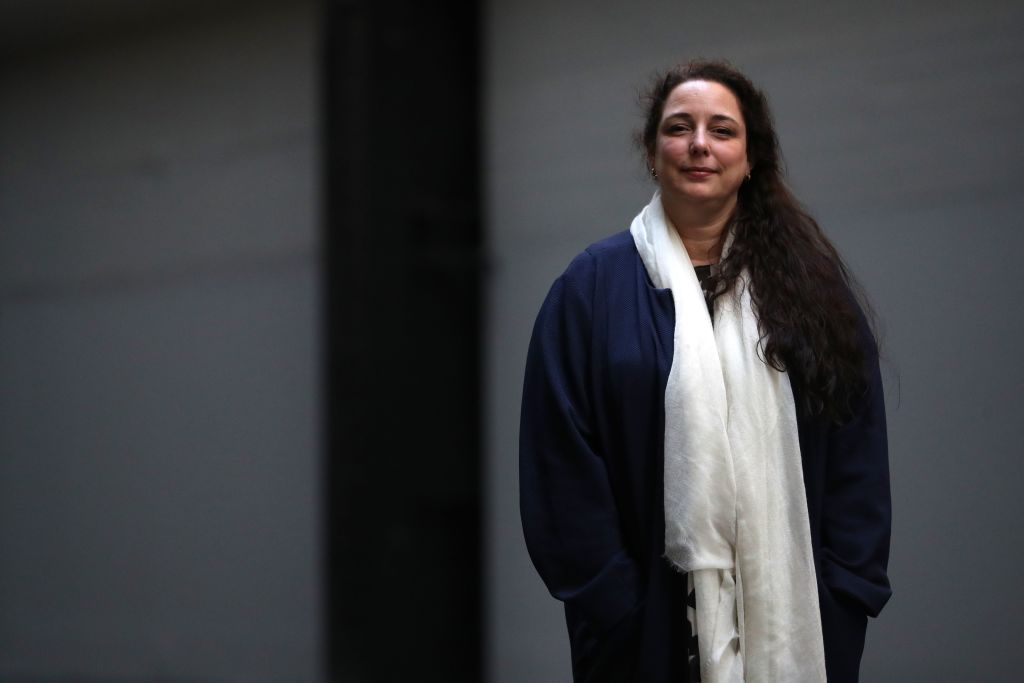
The performance artist Tania Bruguera was released on Thursday, along with around a dozen other Cuban artists and activists, after spending three days in jail for organizing a sit-in protest against new regulations that would limit artistic expression in the country. Amid widespread backlash against the law, known as Decree 349, the government rolled back some of its most rigid and repressive provisions just before it was due to go into effect on December 7.
But Bruguera, for one, believes the fight is far from over. She announced this morning that, despite her release and the softening of the law, she no longer plans to attend the Kochi Muziris Biennale, which opens on December 12 in Kerala. She was due to give a performance and lecture there, according to Indian media reports.
“As an artist I feel my duty today is not to exhibit my work at an international exhibition and further my personal artistic career,” she said in a statement, “but to be with my fellow Cuban artists and to expose the vulnerability of Cuban artists today.” She noted that the status of the law and the requested adjustments is not yet clear and the current version still makes “independent art impossible.” Bruguera could not immediately be reached for additional comment.
The decree, which was first signed by Cuba’s new president Miguel Díaz-Canel this spring, originally imposed strict guidelines on artistic production and required artists to apply for approval from the Ministry of Culture before hosting art events or selling artworks. It also gave the government broad powers to shut down cultural events and even confiscate business licenses from offending establishments.
According to the Associated Press, however, the Ministry of Culture responded to international condemnation by releasing Bruguera and other protestors and rolling back the most stringent elements of Decree 349. Under the revised rules, government inspectors can shut down cultural events only in extreme cases of obscenity, racism, or sexism (although the definition of “extreme” remains unclear). The new decree also prohibits inspectors from entering studios, homes, or other spaces that aren’t publicly accessible.
In his explanation of the u-turn, Cuba’s Vice Minster of Culture Fernando Rojas told the AP that the measures were originally intended to allow officials to respond to public complaints against vulgarity in popular culture or misuse of socialist symbolism. But ultimately, the government failed to sufficiently explain the point of the new law to the public. “There wasn’t an advance explanation of the law and that’s one of the reasons for the controversy it unleashed,” he said.
Rojas said he had taken part in more than 30 meetings with hundreds of artists since the law was passed, insisting that “artistic creation is not the target.” Instead, he says, “we would apply the decree in very clear situations.”
For some artists, the law’s revisions still don’t go far enough. Marco Antonio Castillo, one half of the artist duo Los Carpinteros, told AP: “Do I want to be in an intellectual environment with these new rules? Do I want my children to live with these rules? The answer is no. We have to try to change them… You can’t say this law isn’t to control artistic content.”